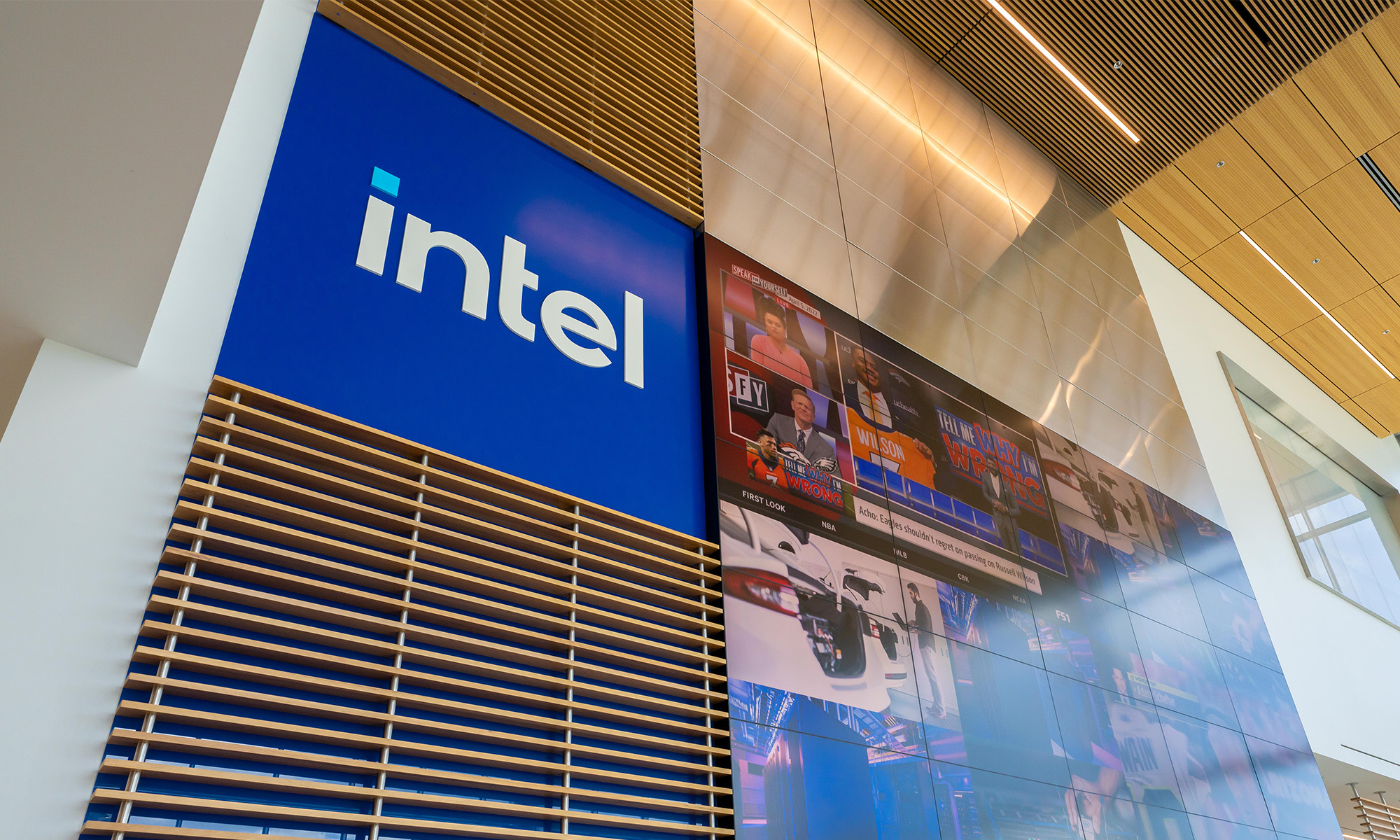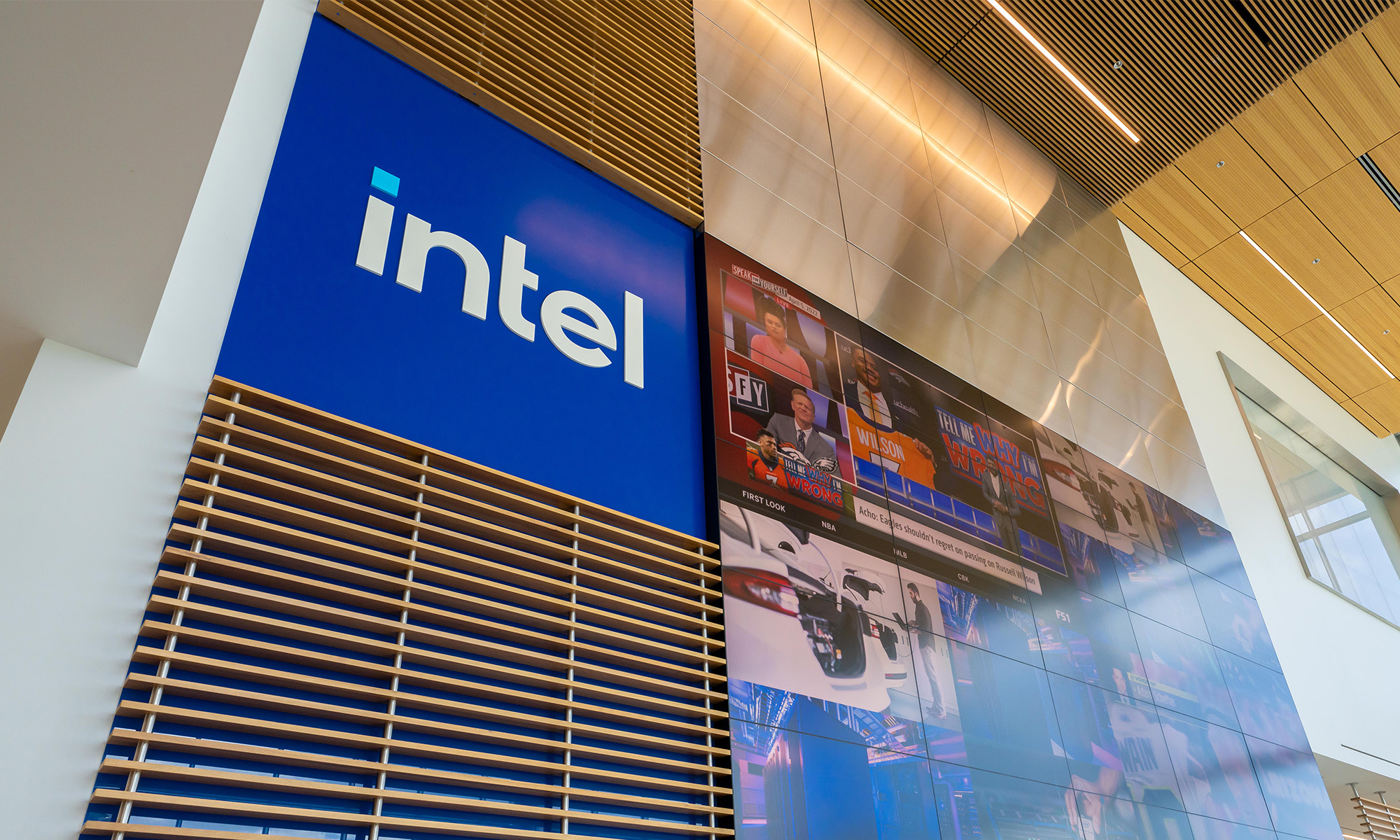
The box that the $1,750 Core i7 6950X comes in. Image source: Intel.
On May 31, microprocessor giant Intel (INTC 0.52%) announced a new family of high-end desktop processors formerly code-named Broadwell-E. These chips pack up to 10 Broadwell CPU cores, increasing the maximum core count for the company's high-end desktop lineup from eight to 10. The 10-core part is marketed as the Core i7 6950X.
In this article, I would like to take a look at the relative cost structure of the Broadwell-E parts relative to the prior-generation Haswell-E parts. This should help provide some insight into the gross profit margins of these new parts relative to the outgoing Haswell-E processors.
Looking at the die size
The prior-generation Haswell-E processor family was formed from a single chip: the eight-core Haswell-EP server processor. In its full configuration, it was sold as the $999 Core i7 5960X, with six core variants made out of cut-down versions of that same chip.
That die measured in at 356 square millimeters in Intel's 22-nanometer manufacturing process.
The 10-core Broadwell-E chip is simply the full 10-core Broadwell-EP server chip relabeled and repurposed as a high-end desktop processor. The eight-core model, as well as the two six-core models, are also fashioned out of this same processor.
The size of the die is approximately 246 square millimeters, or approximately 69% the size of the Haswell-E die that it replaces.
Relative cost structure analysis
Intel has indicated in the past that the wafer cost increase, or effectively the cost per area of silicon, was approximately 30% in going from 22-nanometer to 14-nanometer. This means that, all else equal, 246 square millimeters of 14-nanometer silicon should cost about the same as approximately 320 square millimeters of 22-nanometer silicon.
Right off the bat, it would seem that the 10-core Broadwell-E is actually cheaper to manufacture relative to the eight-core Haswell-E.
However, it's important to note that Intel saw a decline in the gross profit margins of its data center business as a result of 14-nanometer yields relative to 22-nanometer yields. To try to get a handle on this, I'm going to try to estimate the die costs for each chip using the following assumptions (using iSine's die yield calculator):
- Broadwell-E: 246 square millimeter die, defect density of 0.2 defects/square centimeter, $9,100 wafer cost.
- Haswell-E: 356 square millimeter die, defect density of 0.1 defects/square centimeter, $7,000 wafer cost.
For the Broadwell-E part, under the above assumptions, 139 of the 223 dies that come off the wafer are good. For the Haswell-E part, of the 153 dies on the wafer, 109 come out good.
Based on this analysis, the raw die cost of the 14-nanometer part should be around $83. The cost of the 22-nanometer part under these assumptions works out to around $64.
Although the numbers that I'm using in this analysis are mainly estimates (Intel does not publish wafer costs or defect densities), I think it's at least reasonable. The point, though, is that if we assume a material yield advantage for the 22-nanometer process over the 14-nanometer process, it's not hard to believe that the 10 core Broadwell-E would be more expensive to build than the 8 core Haswell-E.
Margins? Probably higher
Although when all is said and done, the 6950X is likely to be more expensive to produce than the prior-generation 5960X, Intel is charging around $1,750 for the 6950X, compared to around $1,000 for the 5960X. Gross margins on the 6950X are almost certainly going to be much, much higher than those on the 5960X.
It's worth pointing out, though, that only a small fraction of the PC-buying community is going to buy these chips. However, on the units Intel does sell, the margins should be very high and likely well above corporate average.






